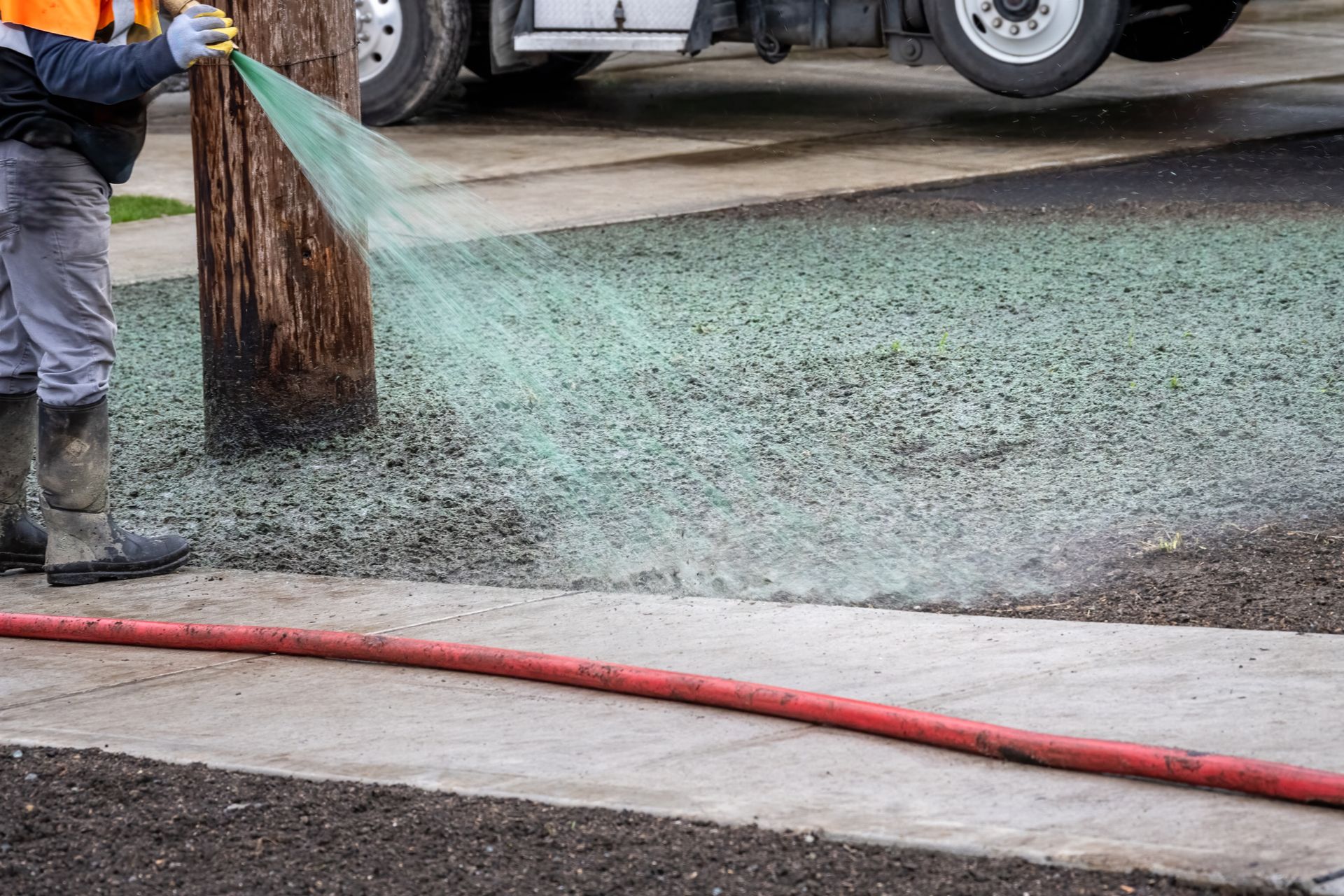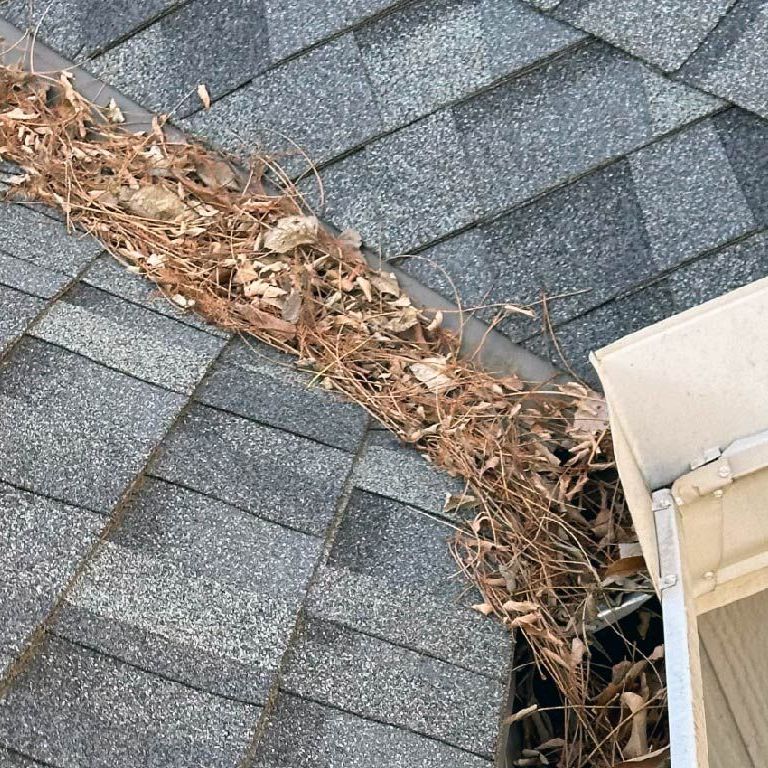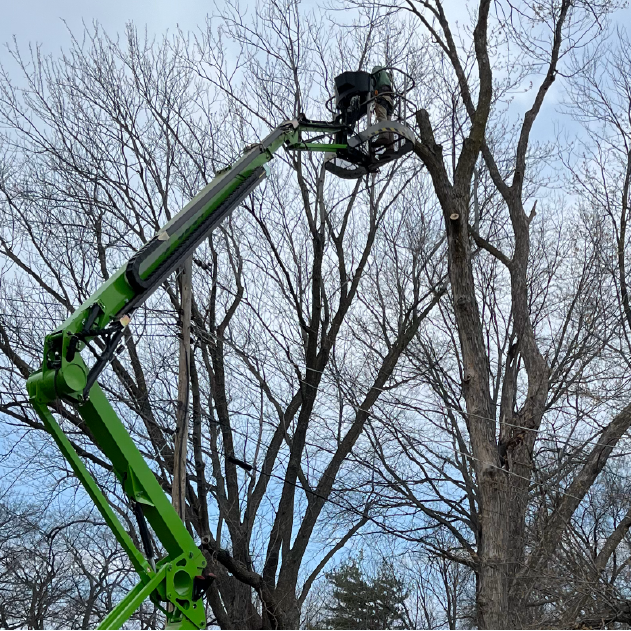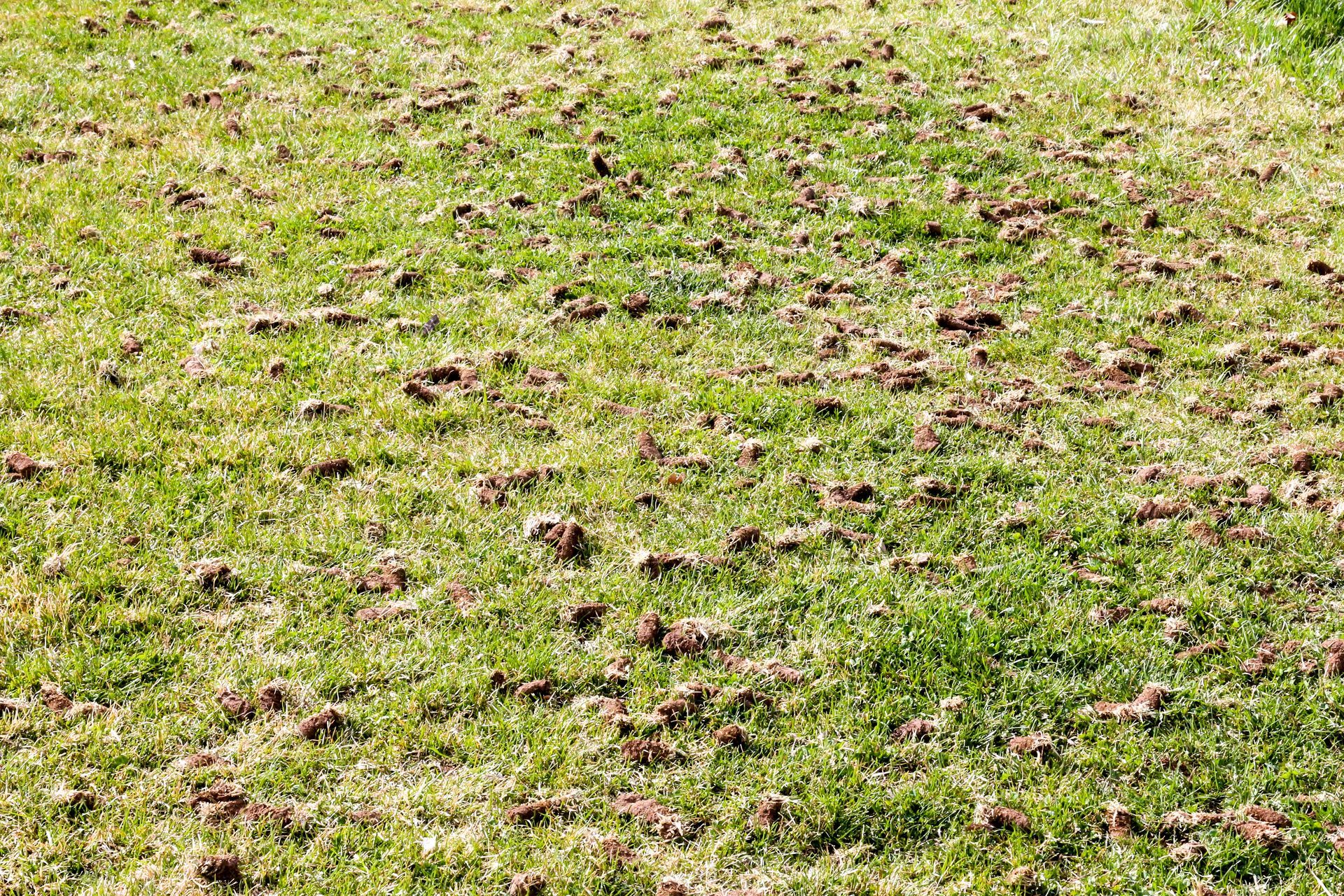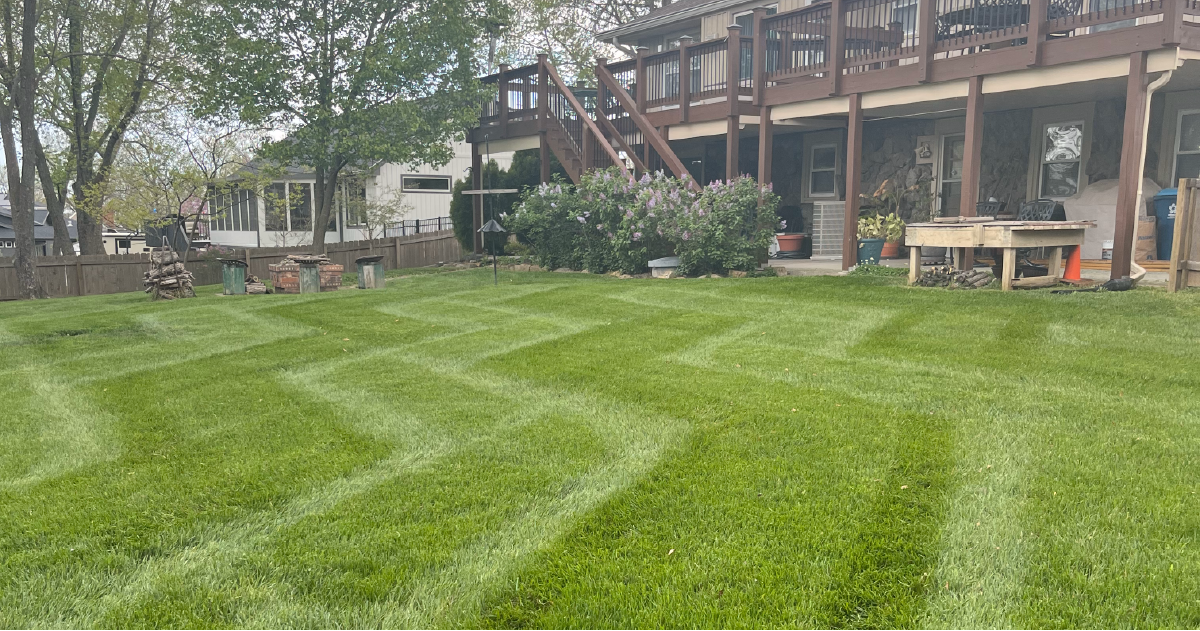Transform Your Lawn This Fall with These Essential Care Tips
Introduction to the Importance of Fall Lawn Care
Autumn is the perfect season to prepare your lawn for the upcoming spring. Cooler temperatures and increased rainfall provide optimal conditions for tackling lawn care tasks. A well-executed fall lawn care routine can set the foundation for a lush, green lawn when the weather warms up again. In this comprehensive guide, we'll cover everything from aeration and dethatching to fertilization and mower maintenance. Let's get started on transforming your lawn this fall!
Aeration & Dethatching
Why Aerate and Dethatch?
Aeration involves creating small holes in the soil to allow air, water, and nutrients to penetrate the grass roots. This process helps alleviate soil compaction and promotes healthy root growth. Dethatching, on the other hand, removes the layer of dead grass and organic debris that can suffocate your lawn, known as thatch.
When to Aerate and Dethatch
The best time to aerate and dethatch your lawn is during the early fall. This period offers ideal growing conditions for grass, making it easier for your lawn to recover from these processes. Look for a day when the soil is moist but not overly wet to ensure the best results.
How to Properly Aerate and Dethatch
To aerate your lawn, you can use a manual aerator, a spike aerator, or a plug aerator. The latter is the most effective as it removes small cores of soil. For dethatching, consider using a dethatching rake or a power dethatcher for larger lawns. Work systematically across your lawn, ensuring you cover all areas thoroughly.
Fertilization Guidelines for Fall
Choosing the Best Fertilizers
Selecting the right fertilizer is crucial for providing your lawn with the nutrients it needs to thrive. Look for a balanced fertilizer with a higher potassium content to strengthen grass roots and improve resistance to diseases and cold weather. Brands like Scotts and Milorganite offer excellent fall lawn fertilizers.
Application Schedules
Apply fertilizer in early to mid-fall, allowing your lawn ample time to absorb the nutrients before winter sets in. Follow the recommended application rates on the fertilizer packaging to avoid over-fertilization, which can harm your lawn.
Methods for a Nourished Lawn
Use a broadcast spreader for even distribution of fertilizer across your lawn. Water your lawn lightly after fertilization to help the nutrients penetrate the soil. This practice will ensure your grass absorbs the fertilizer effectively, leading to a healthier lawn.
Overseeding Techniques
Benefits of Overseeding
Overseeding involves spreading grass seed over your existing lawn to fill in bare spots, improve lawn density, and enhance overall appearance. This process can help your lawn recover from summer stress and prepare it for a robust growth phase in the spring.
Best Grass Types for Overseeding
Choose grass types that are well-suited to your region and climate. For cool-season grasses, consider Kentucky bluegrass, perennial ryegrass, or fine fescue. Warm-season grasses, such as Bermuda or Zoysia, may also be appropriate depending on your location.
How to Overseed Effectively
Begin by mowing your lawn to a shorter height and raking away any debris. Use a broadcast spreader to evenly distribute the grass seed across your lawn. Lightly water the area daily until the new grass begins to germinate. Avoid heavy foot traffic on the newly seeded lawn to allow the seeds to establish properly.
Weed Control Strategies
Identifying Common Fall Weeds
Common fall weeds include dandelions, chickweed, and henbit. These weeds can compete with your grass for nutrients and water, making it essential to address them promptly.
Controlling Fall Weeds
Apply a selective herbicide designed for broadleaf weeds to target these unwanted plants without harming your grass. For organic options, consider using corn gluten meal or a homemade vinegar-based weed killer.
Preventing Future Weed Growth
Maintaining a healthy, dense lawn is the best defense against weeds. Regular mowing, proper fertilization, and overseeding can help create a robust lawn that crowds out weeds and reduces their ability to establish themselves.
Mower Maintenance for Winter
Preparing Your Mower for Storage
Before storing your lawn mower for the winter, clean it thoroughly to remove grass clippings, dirt, and debris. This practice will prevent rust and ensure your mower is in good condition for the next season.
Winterizing Your Mower
Change the oil, replace the air filter, and add a fuel stabilizer to the gas tank to protect your mower's engine during the winter months. Sharpen the blades to ensure a clean cut when you resume mowing in the spring.
Storing Your Mower Properly
Store your mower in a dry, sheltered location to protect it from the elements. Cover it with a tarp or use a mower cover to keep dust and moisture at bay. Regular maintenance and proper storage will extend the life of your mower and keep it running smoothly.
Conclusion
Fall lawn care is essential for ensuring a healthy, vibrant lawn come spring. By following these guidelines for aeration, dethatching, fertilization, overseeding, weed control, and mower maintenance, you'll set the stage for a beautiful lawn that will be the envy of your neighbors. Don't wait—start your fall lawn care routine today and enjoy the benefits of a well-maintained lawn.
If you need professional assistance, call Quality Lawn and Landscape Bros. in Kansas City, MO at (816) 323-8173. Our experts are here to help you achieve the lawn of your dreams.

